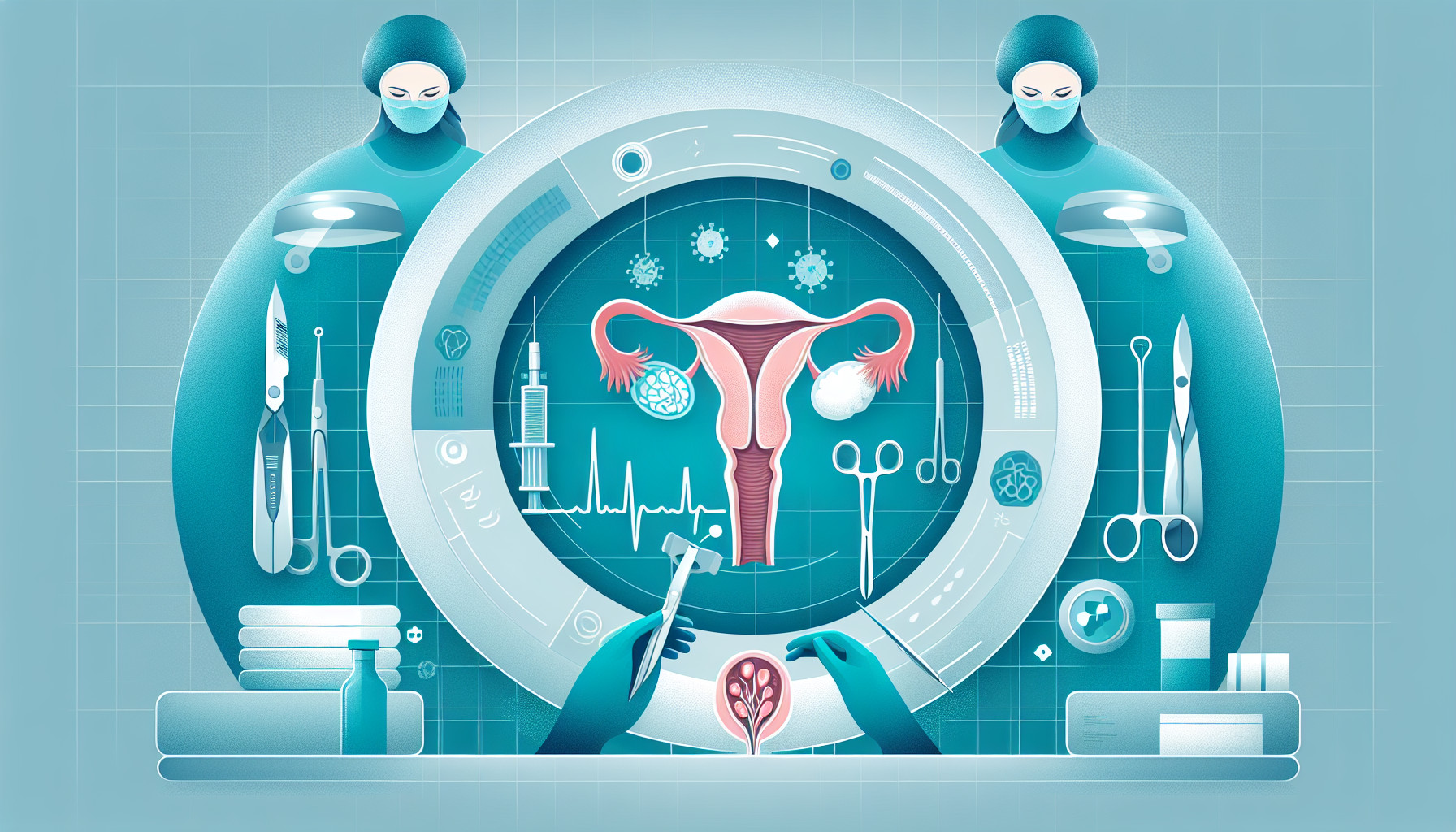Our Summary
This research paper looks into the treatment of endometriosis, a condition affecting women’s reproductive organs. In 2014, the European Society of Human Reproduction and Embryology issued guidelines for treating this condition. However, these guidelines were largely based on good clinical practice rather than hard evidence, highlighting the need for more research in this area.
Endometriosis is thought to affect between 2 to 10% of women of reproductive age, and up to 50% of infertile women worldwide. One type of endometriosis, known as ovarian endometrioma, can be found in up to 44% of cases.
The current ‘gold standard’ treatment is to surgically remove the endometriosis (excisional surgery), which has been found to result in better outcomes than other methods. However, this research found that this method often leads to a significant amount of healthy ovarian tissue being inadvertently removed along with the endometriosis. This can result in a decrease in the remaining ovarian volume, which may affect the function and reserves of the ovaries.
The researchers used data from a Romanian hospital to study whether or not healthy ovarian tissue was being inadvertently removed during surgery for ovarian endometrioma. They found that this was the case in 40% of surgeries. The amount of healthy tissue removed tended to increase as the patient’s age and the size of the cyst increased.
These findings suggest that the current treatment methods for ovarian endometrioma may need to be reassessed, given the potential for significant loss of healthy ovarian tissue. This is particularly important for infertile women, who make up a large proportion of those affected by this condition.
FAQs
- What is the current ‘gold standard’ treatment for endometriosis?
- What are the potential implications of healthy ovarian tissue being removed during surgery for ovarian endometrioma?
- Does the amount of healthy ovarian tissue removed during surgery increase based on the patient’s age and the size of the cyst?
Doctor’s Tip
One helpful tip a doctor might tell a patient about ovarian cyst removal is to discuss the potential risks and benefits of surgery, including the possibility of inadvertently removing healthy ovarian tissue. It is important for patients to have a thorough discussion with their healthcare provider about the potential impact on their ovarian function and reserves, especially if they are considering fertility treatments in the future. Additionally, patients should ask their doctor about alternative treatment options and seek a second opinion if they have any concerns about the recommended course of treatment.
Suitable For
Therefore, patients who are typically recommended for ovarian cyst removal are those with ovarian endometrioma, especially if they are experiencing symptoms such as pelvic pain, infertility, or abnormal bleeding. Additionally, patients who have large cysts that are causing pressure or distortion of surrounding structures, or those who have cysts that are suspicious for malignancy, may also be recommended for surgery. It is important for healthcare providers to carefully consider the potential risks and benefits of surgical removal of ovarian cysts, taking into account factors such as the patient’s age, fertility goals, and overall health.
Timeline
Before ovarian cyst removal, a patient may experience symptoms such as pelvic pain, bloating, irregular menstrual cycles, and difficulty conceiving. They may undergo imaging tests such as ultrasounds or MRIs to diagnose the cyst and determine the best course of treatment.
After the removal of the ovarian cyst, the patient may experience some pain and discomfort in the abdominal area for a few days. They may be prescribed pain medication to manage this. Recovery time varies depending on the type of surgery performed, with laparoscopic surgery typically resulting in a quicker recovery compared to open surgery.
In the long term, the patient should experience relief from their previous symptoms, such as pelvic pain and bloating. If the patient was experiencing infertility due to the ovarian cyst, their chances of conceiving may improve after the cyst removal. Regular follow-up appointments with their healthcare provider will be necessary to monitor their recovery and ensure that the cyst does not return.
What to Ask Your Doctor
Some questions a patient should ask their doctor about ovarian cyst removal include:
- What are the risks and benefits of surgically removing the ovarian cyst?
- Will the surgery affect my fertility or ovarian function?
- Are there alternative treatment options available for ovarian cyst removal?
- What is the likelihood of healthy ovarian tissue being inadvertently removed during the surgery?
- How will the removal of healthy ovarian tissue impact my overall health and well-being?
- What is the expected recovery time after the surgery?
- Will I need any follow-up treatments or monitoring after the cyst removal?
- Are there any potential long-term complications associated with ovarian cyst removal?
- How will the surgery impact my future reproductive health and potential for pregnancy?
- Can you provide me with information on the success rates of ovarian cyst removal procedures for patients with similar conditions?
Reference
Authors: Mircea O, Bartha E, Gheorghe M, Irimia T, Vlădăreanu R, Puşcaşiu L. Journal: Chirurgia (Bucur). 2016 Jan-Feb;111(1):54-7. PMID: 26988540
